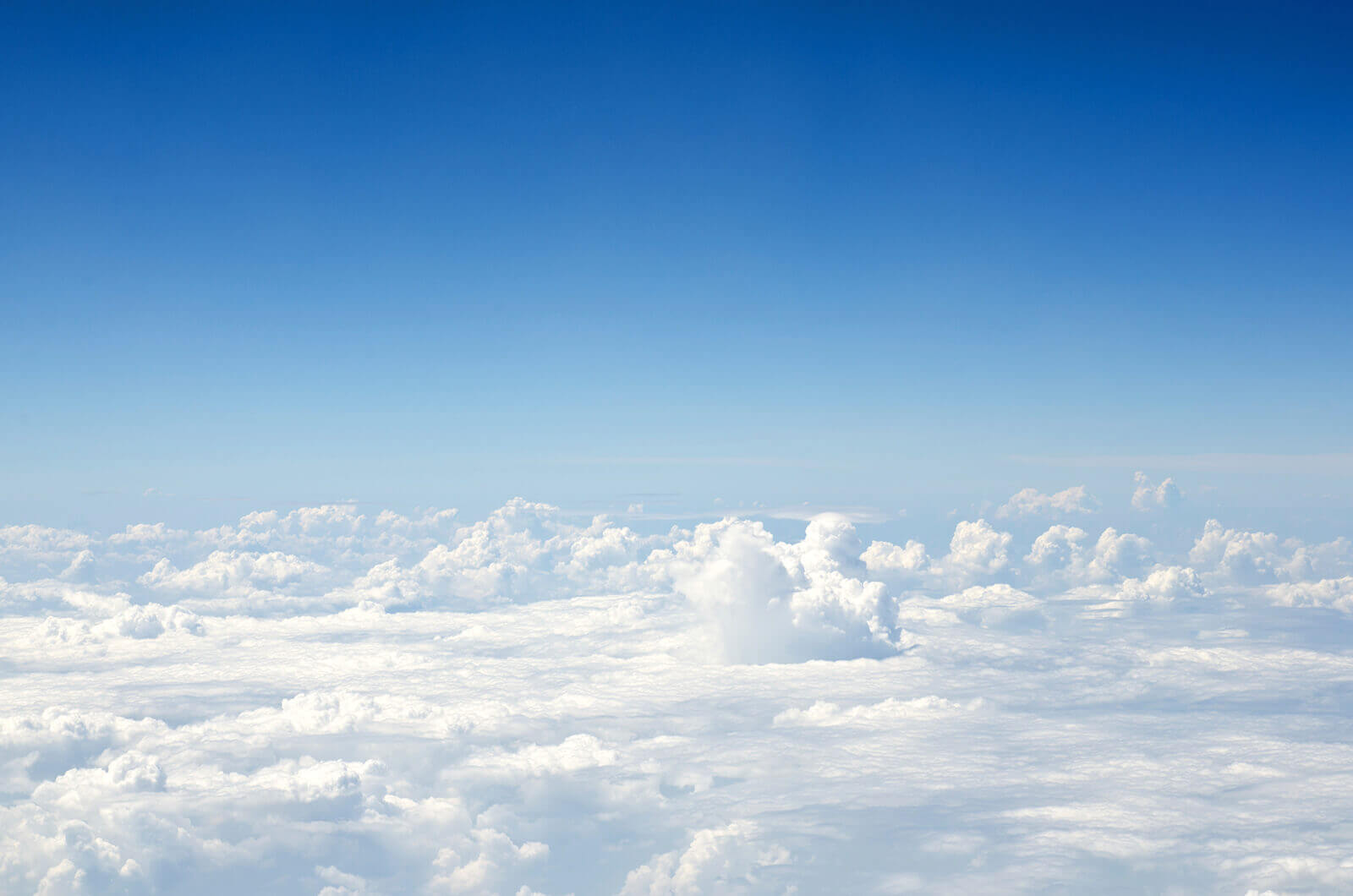
Cheap flights from Pennsylvania to the Marshall Islands
PHL — MAJ
abr. 27 — may. 41
1 adult, Economy
We work with more than 300 partners to bring you better travel deals
Find cheap flights from Pennsylvania to Marshall Islands with Cheapflights
1. Tell us where you want to go
Enter your travel information like dates, passengers, trip type (one-way or round trip), and preferred cabin class then click “Find deals”2. Select your favorite providers
We find the providers serving your travel needs. Choose up to four travel providers to compare side-by-side for flights, hotels, or car rentals.3. Compare prices and book
Review each provider’s pricing and select the best option for you! Book through your favorite provider’s website for a seamless experience.Best time to book a flight from Pennsylvania to Marshall Islands
Have a flexible travel schedule? Discover the best time to fly to Marshall Islands from Pennsylvania with our price prediction graph.
Estimated round-trip price
Rates are based on past data. Find the cheapest month and day to book your flight based on your travel requirements, then search for cheap deals.
Cheapflights Insights
Everything you need to know about your flight from Pennsylvania to the Marshall Islands
Rainfall in Marshall Islands by month
Plan your trip to Marshall Islands by taking into account the average rainfall totals by month.
In terms of precipitation, rainfall in Marshall Islands ranges from 7.0 - 14.2 inches per month. October is typically the wettest month, when rainfall can reach 14.2 in. February is typically the driest time to visit Marshall Islands when rainfall is around 7.0 in.
Temperature in Marshall Islands by month
Plan your trip to Marshall Islands by taking into account the average temperature totals by month.
If weather is an important factor for your trip to Marshall Islands, use this chart to help with planning. For those seeking warmer temperatures, May is the ideal time of year to visit, when temperatures reach an average of 82.4 F. Travelers looking to avoid the cold should look outside of March, when temperatures are typically at their lowest (around 32.0 F).